On the occasion of the International Day for Monuments and Sites (April 18), the Guangdong Province Conservation Association on Monuments released five major archaeological findings in 2022 on April 17.
The discoveries cover settlements, kilns, burials and so on, providing important materials for the study of the evolution of settlement patterns during the pre-Qin period in the Lingnan area, the development of Guangdong's kiln industry, the Maritime Silk Road, and the history of urban Guangzhou.
Shiweitou section of Yanshanzhai Ruin in Yingde county-level city, Qingyuan City (清远市英德市岩山寨遗址石尾头地点)
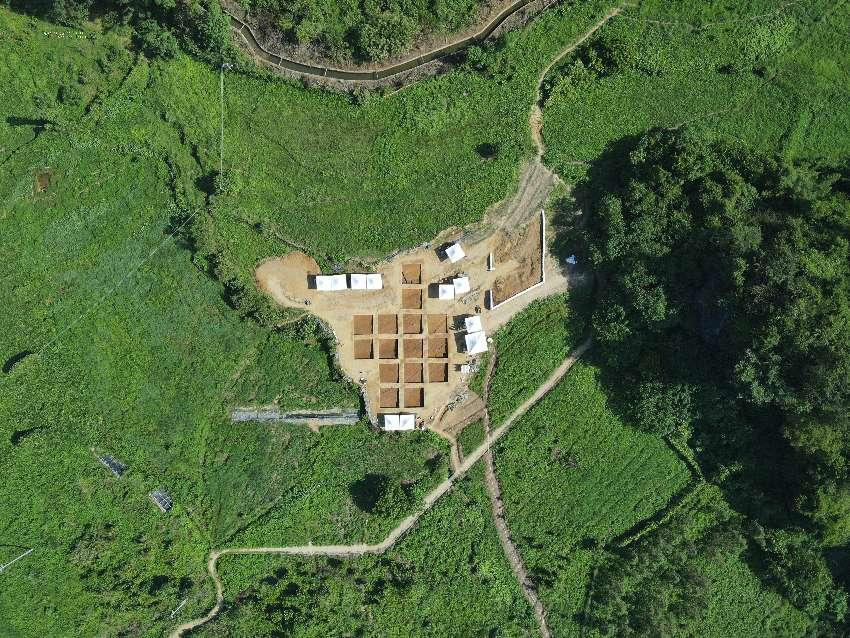
(Photo provided to GDToday)
With an area of about 100,000 square meters, the Yanshanzhai site is the largest ancient settlement in the Lingnan area dating back from the Neolithic period to the Shang and Zhou dynasties. The Shiweitou section is a residential site in history, where the main remains date from the Xia and Shang dynasties, with the earliest bamboo and wood knitting found in Lingnan.
Nanyue Kingdom to Qing Dynasty Ruin on Guangzhou First People's Hospital renovation and expansion project plot (广州市第一人民医院改扩建项目地块南越国至清代遗址)
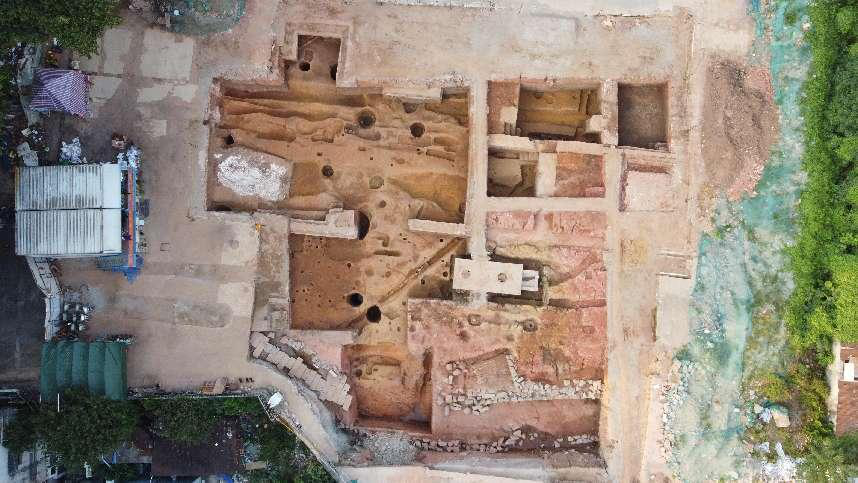
(Photo provided to GDToday)
The site covers an area of 700 square meters, with 184 monuments from the Han to Qing dynasties. A total of 336 pieces (sets) of cultural relics were unearthed there, including drainage ditches and wells of the Nanyue Kingdom in the Western Han Dynasty, tombs from the Han to the Southern dynasties, and pottery pipes, pagodas, tiles, etc.
Bijia Mountain Chaozhou Kiln Site in Xiangqiao District, Chaozhou City (潮州市湘桥区笔架山潮州窑遗址)
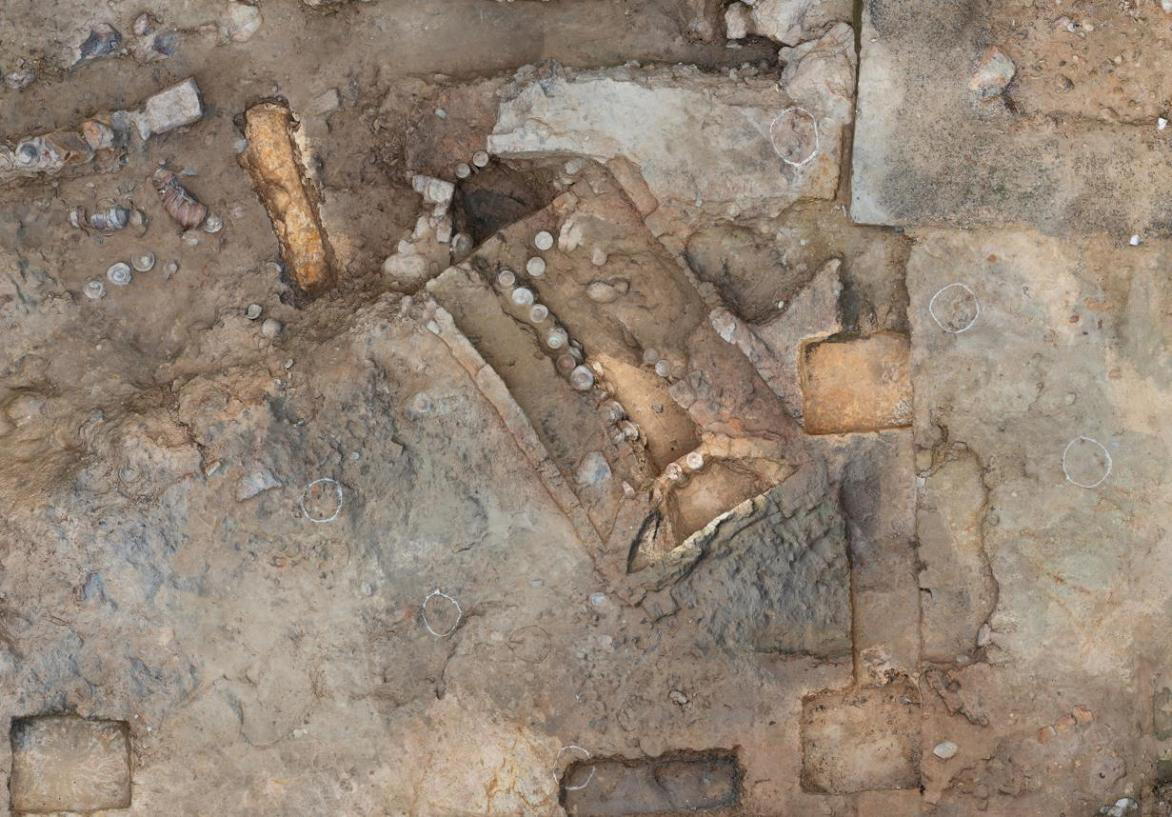
(Photo provided to GDToday)
In the Song Dynasty, the Chaozhou kiln on Bijia Mountain represented the highest level of ceramics in the Lingnan area. One batch after another of porcelains were made from this kiln and shipped abroad. Between April and November 2022, a total of 43 relics were found at the site.
Qishi Kiln and Wentouling Kiln sites of Song Dynasty in Nanhai District, Foshan City (佛山市南海区奇石窑和文头岭窑宋代窑址)
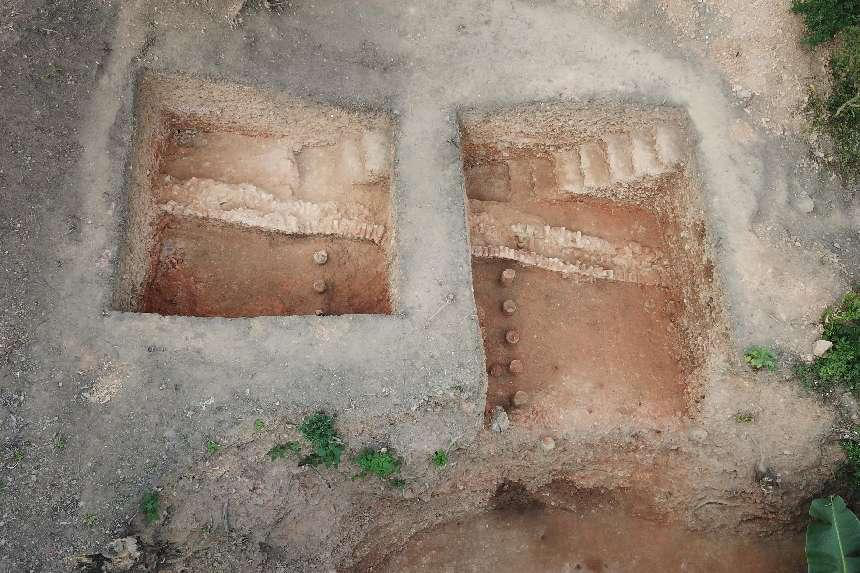
(Photo provided to GDToday)
At the two sites, many fragments of jars with seals similar to those from the Nanhai I Shipwreck and the archaeological site of Nanyue Kingdom Palace were unearthed, confirming that some of the jars at the shipwreck and the palace were produced at Nanhai's kilns. In addition, some samples of exported porcelain from the Southern Song Dynasty were discovered as well, promoting the archaeological research of Guangdong's kiln industry in the Song Dynasty.
Sanguankeng Kiln Site in Huidong County, Huizhou City (惠州市惠东县三官坑明代窑址)
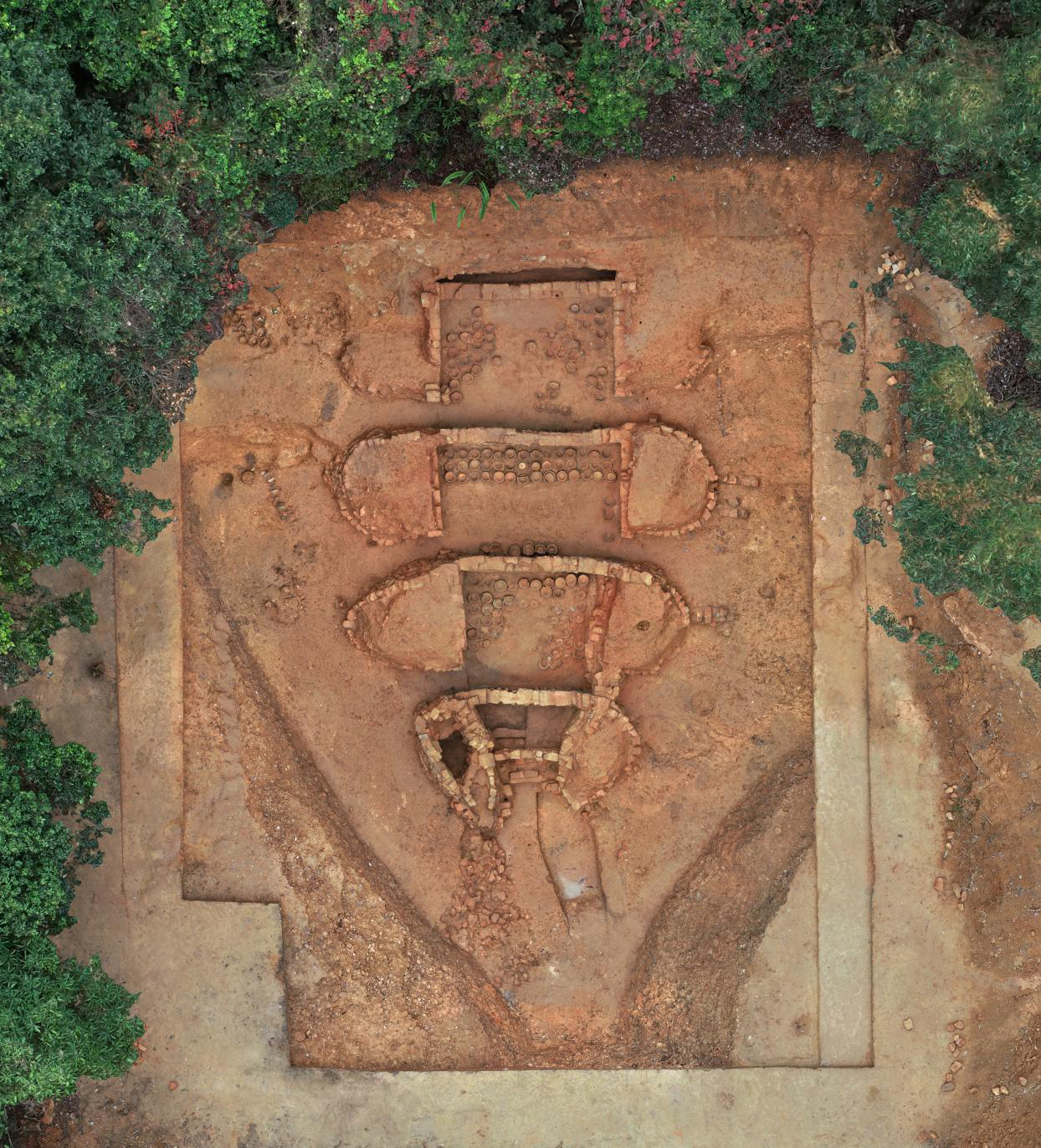
(Photo provided to GDToday)
Sanguankeng Kiln Site so far is the biggest of the Baima Kiln Site Group, whose products were exported throughout Southeast Asia in the Ming Dynasty. Last year, more than 800 specimens of porcelain, pottery, bronze, iron, wood, and nearly 10,000 pieces of porcelain were discovered at the Sanguankeng Kiln Site.
Furthermore, based on the archaeological discoveries last year and before, Guangdong launched five archaeological-themed travel routes in the Pearl River Delta, eastern Guangdong, western Guangdong, and northern Guangdong. It covers 24 sites in 12 cities ranging from the Paleolithic period to the Qing Dynasty, such as ancient kilns, bridges, ports, and shipwrecks.

(Photo provided to GDToday)

Southern Han Mausoleums Museum in Guangzhou (Photo provided to GDToday)
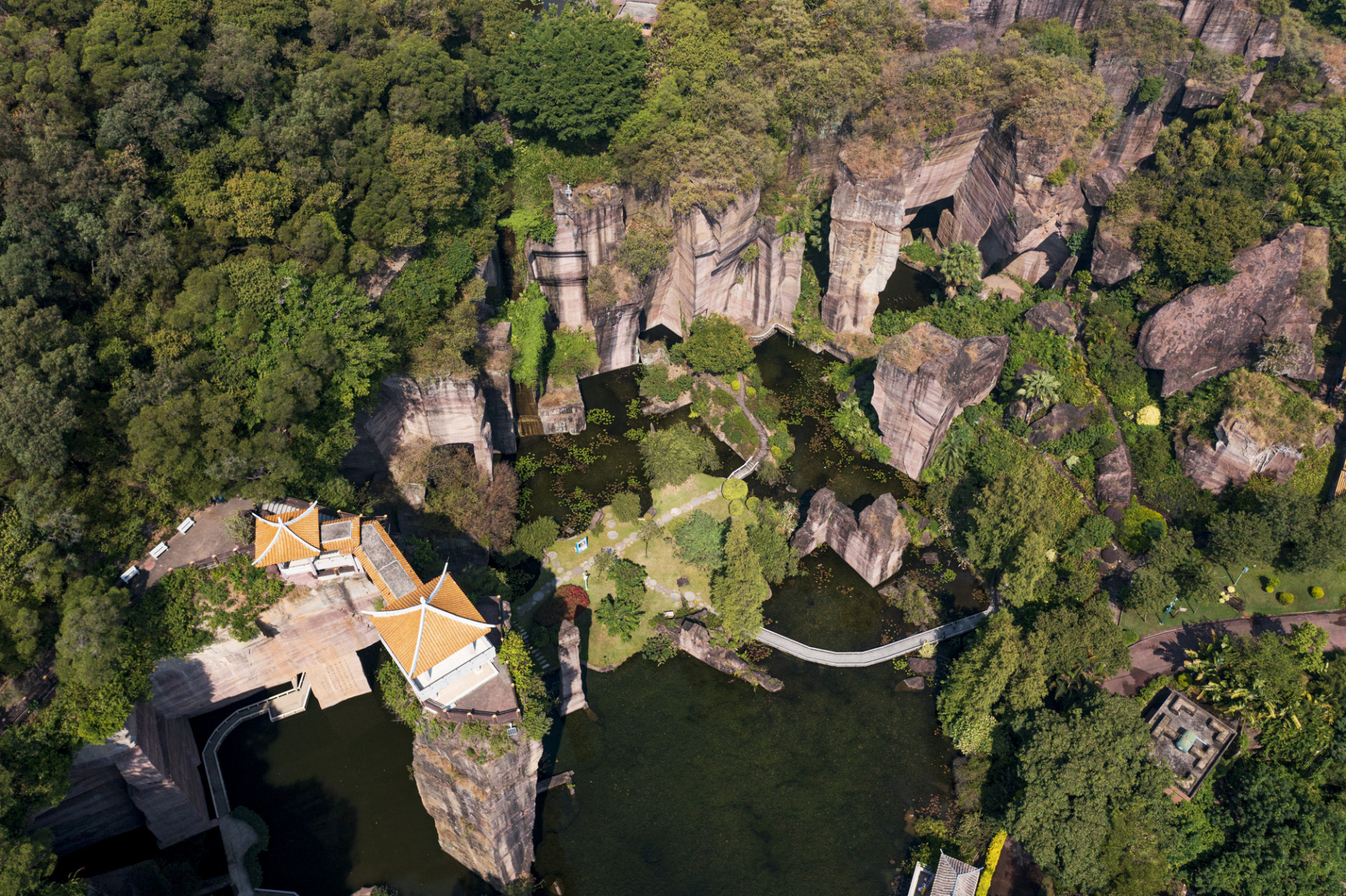
Ancient quarry at Guangzhou's Lotus Mountain (Photo provided to GDToday)
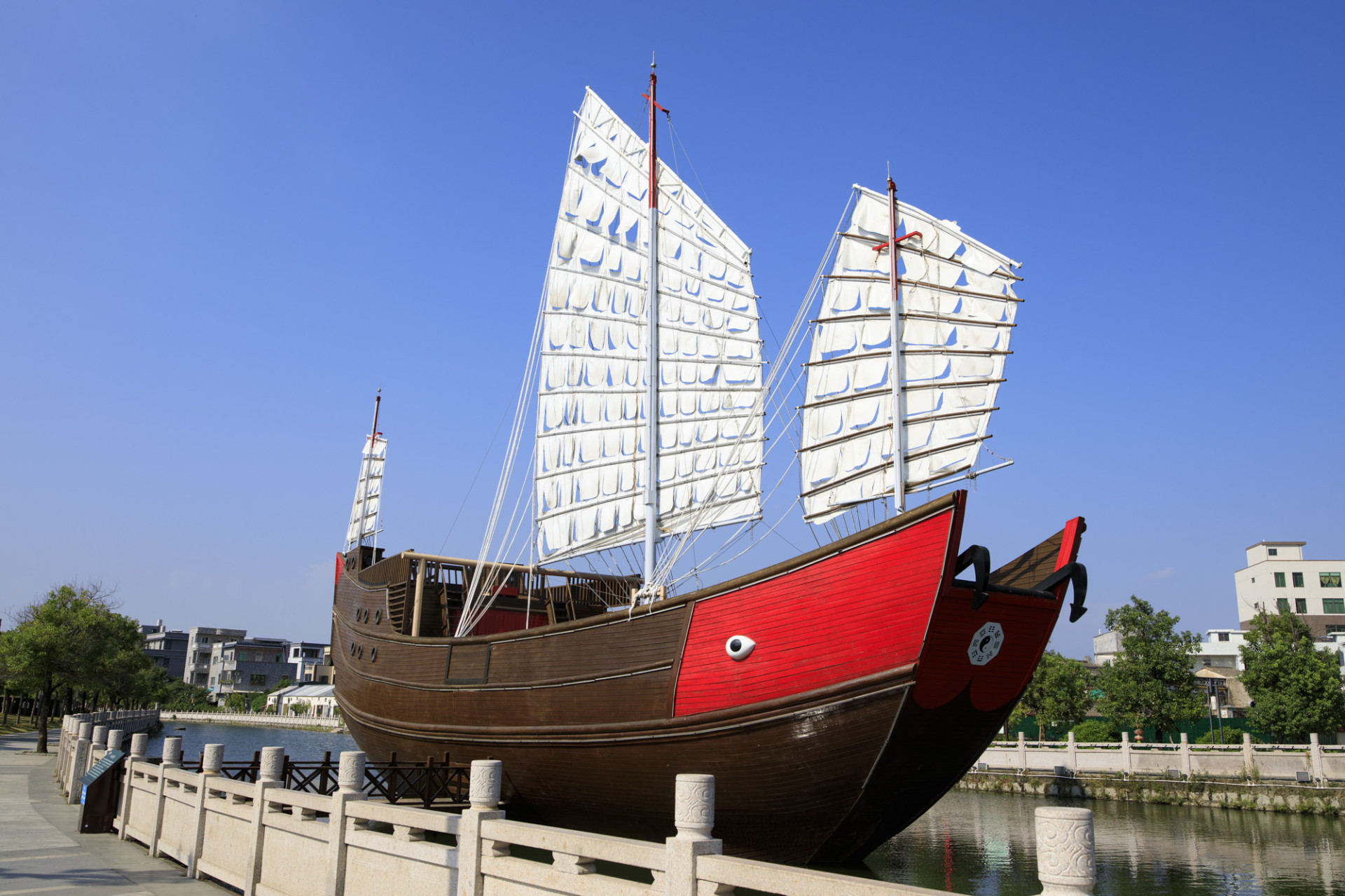
Red-head ship at Zhanglin Ancient Port in Shantou (Photo provided to GDToday)
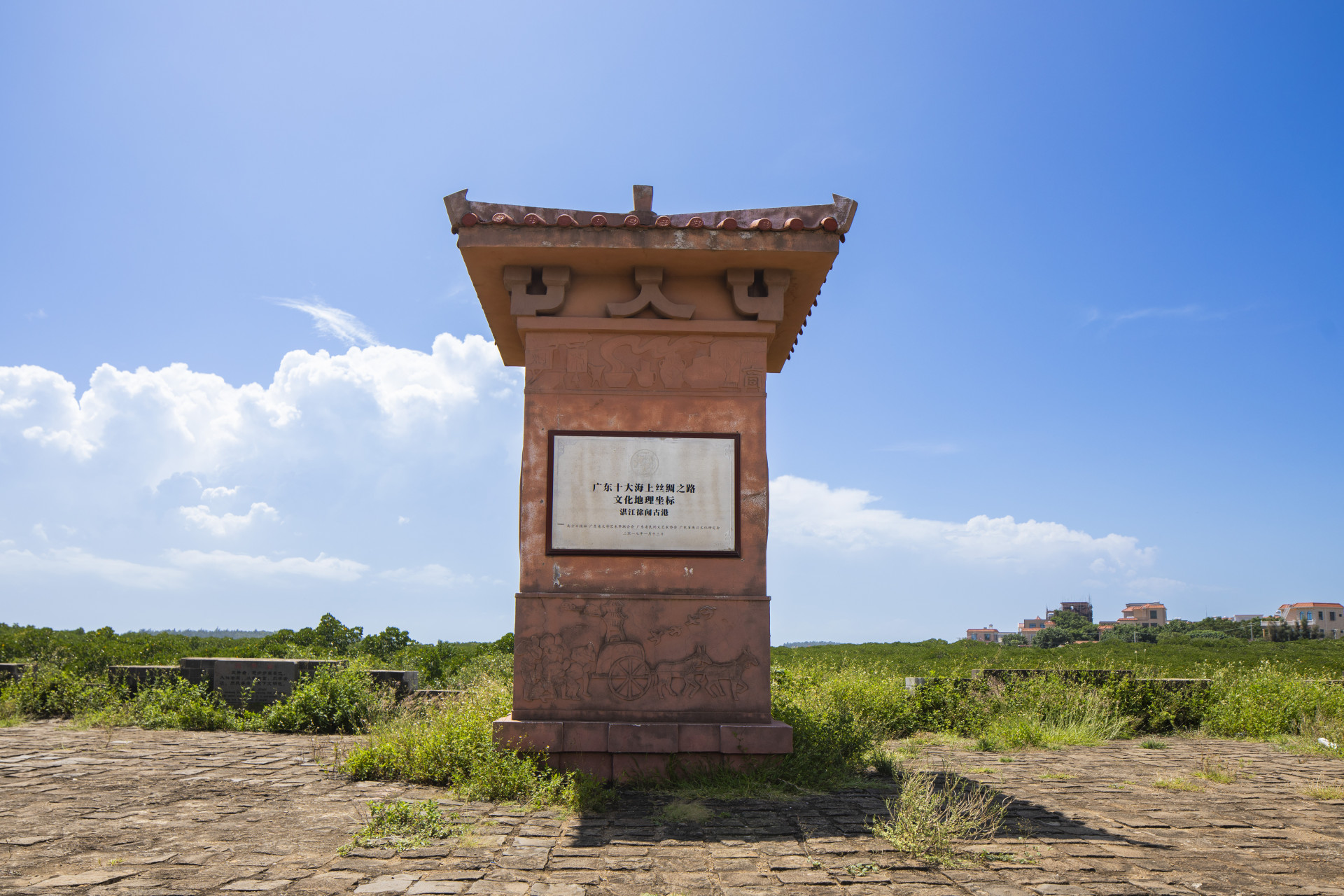
Xuwen Ancient Port in Zhanjiang (Photo provided to GDToday)
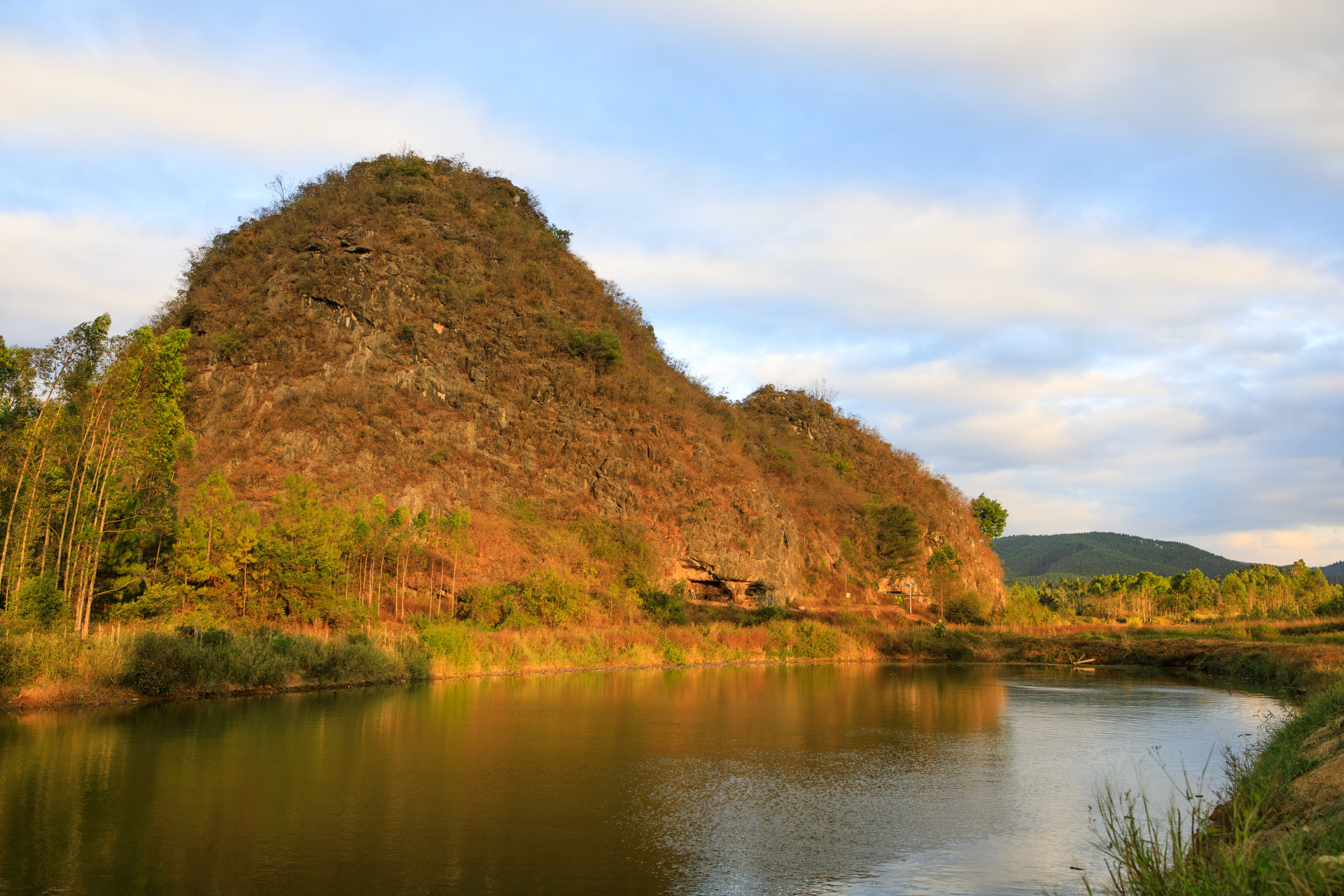
Yingde Qingtang site in Qingyuan (Photo provided to GDToday)
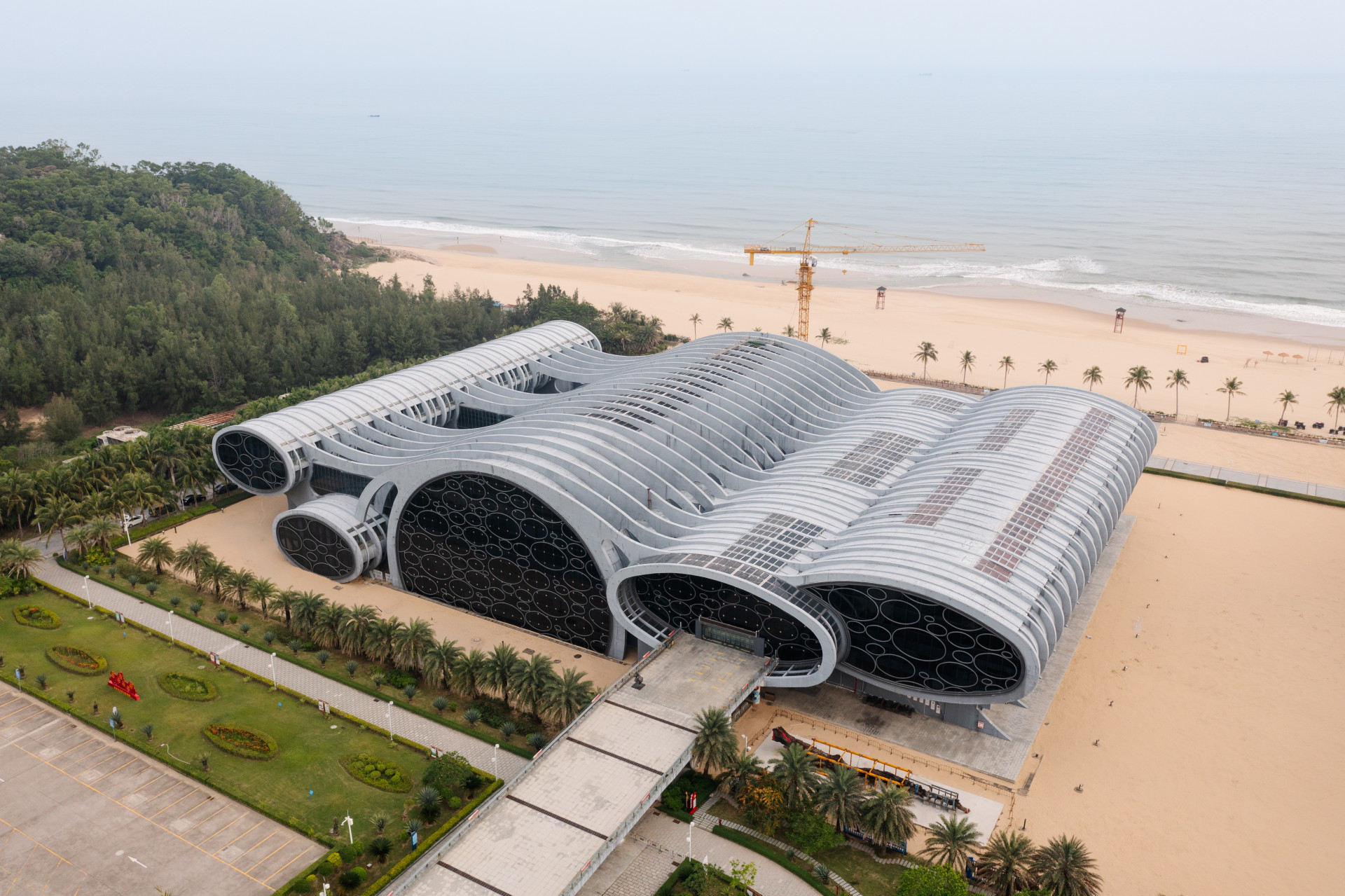
Maritime Silk Road Museum of Guangdong in Yangjiang (Photo provided to GDToday)
Author: Holly
Editor: Olivia, Nan, Monica, Jerry
















